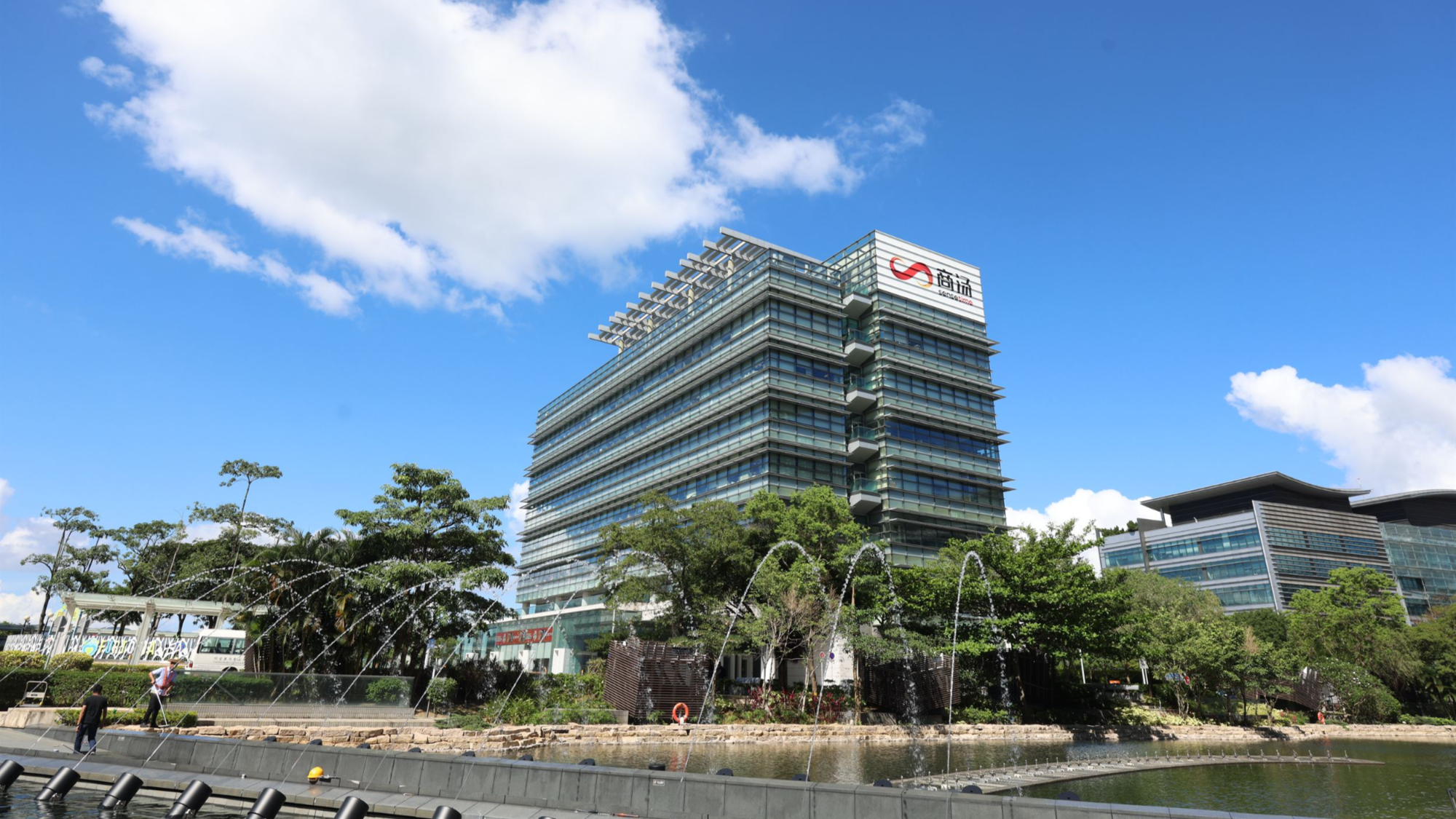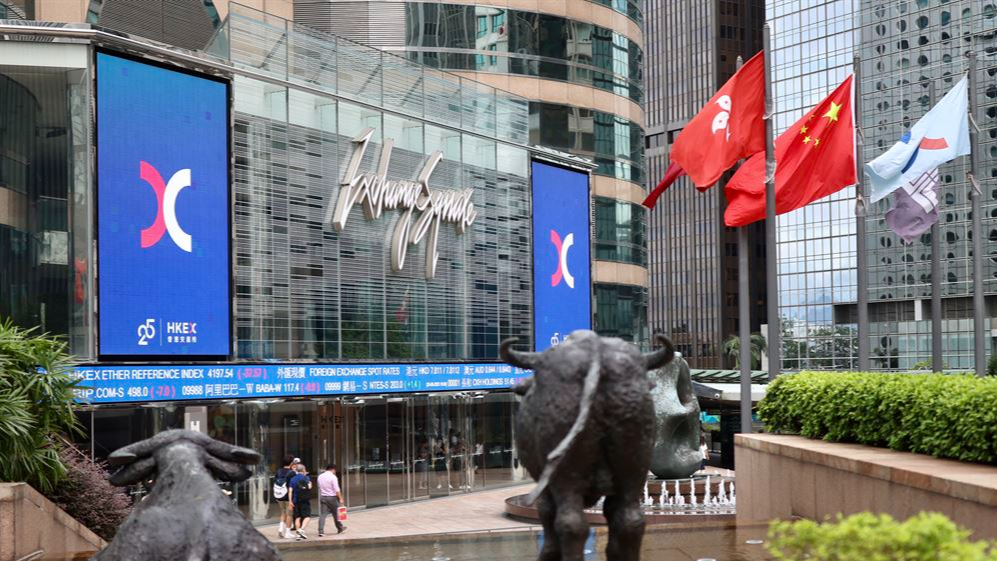
The recent return of overseas-listed Chinese tech firms will strengthen Hong Kong stock market’s tech profile and enhance its structural diversity, experts said, encouraging the city to capitalize on the ongoing trend to establish itself as a global financing center for hard technologies.
Recently, several emerging technology companies based on the Chinese mainland and listed in the United States have accelerated their efforts for dual listing in Hong Kong, including LIDAR company Hesai Technology, biotech firm I-Mab, and intelligent driving leaders WeRide and Pony.ai.
On Sept 16, Hesai Technology went public on the Hong Kong Stock Exchange, raising approximately HK$4.16 billion ($531 million), making it the largest financing project for Chinese concept stocks listing in Hong Kong in the past four years.
On Oct 14, both WeRide and Pony.ai announced that they had received approval from the China Securities Regulatory Commission to sell shares in Hong Kong. Competing for the title of "first Robotaxi stock in Hong Kong”, they plan to issue approximately 102 million common shares.
According to financial data platform Wind, 34 Chinese companies have successfully entered the Hong Kong market via dual listings or secondary listings. The trend was led by internet firms like Alibaba, JD.com, NetEase, and Baidu.
ALSO READ: New HK service center to support tech firms’ global expansion
Yang Delong, chief economist at First Seafront Fund, believes the recent return of US-listed tech stocks will enrich Hong Kong's capital market with premium investment opportunities in the tech industry, broadening investor options and enabling them to benefit from China's economic transition.
Yu Lingqu, deputy director of the department of finance industries at the China Development Institute, a Shenzhen-based think tank, said the new trend is set to gradually shift the special administrative region’s capital market from its traditional dominance in finance and real estate to a more diverse structure that includes technology and manufacturing.
Kenny Shui, vice president of Hong Kong think tank Our Hong Kong Foundation, said that the tech firms’ move signals a rapid integration of hard tech into Hong Kong’s capital market, enhancing its tech profile and injecting new growth momentum.
Amid Hong Kong’s ongoing IPO boom, multiple new listings experienced oversubscription of over 1,000, even as high as 10,000 times this year. He believes such shift will also be well-received by investors.

“This wave of listings leverages Hong Kong’s strategic role in facilitating companies go global and attract foreign investment, positioning the city as a buffer for geopolitical risk, a reform pilot zone, and a hub for global capital allocation and regional cooperation, ” said Shui.
Experts believe that given the ongoing international geopolitical tensions, strong policy support, reforms in the Hong Kong stock market, and its significantly enhanced market liquidity, the return of high-quality Chinese companies is expected to become a lasting trend.
Premium firms in sectors closely linked to the international market, such as semiconductors and chips, artificial intelligence, biotechnology, and renewable energy, are likely to be major drivers.
With strong depth and liquidity, Shui stated that Hong Kong is well-positioned to embrace this trend, citing that IPO fundraising in the city during the first half of 2025 reached its second-highest level in nearly a decade, and the future IPO pipeline remains robust with over 300 companies having submitted listing applications.
To better accommodate the large-scale return of Chinese concept stocks, Yu suggests that Hong Kong attract more long-term capital from global sovereign wealth funds, pension funds, and university endowments. He also recommends further optimizing the "Stock Connect" with Shenzhen and Shanghai exchanges to expand the participation and investment limits for mainland investors, thereby increasing Hong Kong market's overall capital supply.
READ MORE: Tech hub: A game of patience for Hong Kong
In the long run, Hong Kong has great potential to become a global financing hub for "hard technologies," he added. To achieve this, the city needs to put greater emphasis on developing venture capital to support early- and mid-stage tech companies. It's also important to enhance the Growth Enterprise Market board by lowering listing requirements and establishing a flexible mechanism for companies to transfer to other stock boards.
“To build such tech financing hub, Hong Kong must be the market that attracts the most prospective companies, with the most abundant liquidity, and the most active trading activities.” said Shui.
In May, the city launched a dedicated Technology Enterprises Channel to facilitate the listing application of specialist technology companies and biotechnology companies. Moving forward, HKEX could consider lowering the market capitalization threshold for secondary listings to attract more Chinese concept stocks and global tech stocks, he proposed.
For tech firms aiming for dual listings in Hong Kong, the landscape presents not only opportunities but also challenges. Guo Tao, researcher at 100EC.cn E-commerce Research Center, who is also an angel investor, notes that the acceleration of commercialization in China’s autonomous driving sector, along with the gradual easing of licensing regulations, presents favorable timing for the Hong Kong IPO of WeRide and Pony.ai.

Compared to US valuations that are constrained by geopolitical factors, Hong Kong stocks offer greater potential for premium pricing in hard technology. Investors in Hong Kong are also more likely to comprehend the business models of the two companies, reducing cross-market cognitive biases, he reckoned.
Taking the lead to list in Hong Kong can capture market attention and create a first-mover advantage, supporting technological iteration and business expansion, thereby solidifying industry position.
In Yu’s opinion, the Hong Kong market has a large number of “cornerstone investors” who value long-term development potential and technological leadership rather than short-term performance and profitability, which creates better conditions for listed tech firms to innovate.
Their major challenges lie in how to maintain technological advantages and expand their market presence amid intense competition, as well as navigate through unclear regulatory policies both domestically and internationally.
Shui cautioned that other post-listing challenges include meeting the stringent disclosure and governance standards of both Hong Kong and overseas markets, managing investor expectations amid performance volatility, and addressing risk-averse sentiments driven by geopolitical tensions.


